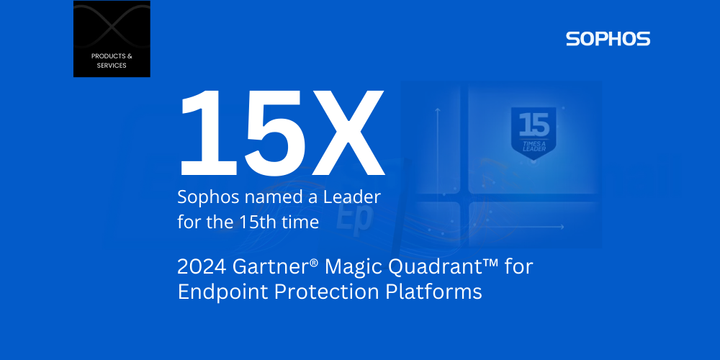7 Best Practices for Email Security in 2023

Email has always been an important tools in an organization as it allows for efficient and effective communication among employees, clients, and partners. One of the primary benefits of email is its speed. Email allows for instant communication, allowing individuals to quickly send and receive messages and important documents. This is especially useful in fast-paced environments where time is of the essence.
Email also allows for easy documentation and organization. Emails and attachments can be easily stored and accessed, making it easy to find and reference important information. This is especially useful in large organizations where there may be a lot of communication and documentation to manage.
Another advantage of email is that it can be accessed from anywhere with an internet connection. This allows individuals to stay connected and communicate with colleagues, clients, and partners regardless of their location. This is especially useful for remote teams or individuals who need to communicate with people in different parts of the world.
Since Email has always been the primary means of communication in an organization. Attackers take advantages of this to spread malware, spam and conduct phishing attacks. Thus organizations need to be aware about the situation and should initiate different procedure and techniques to protect email accounts, content and communications against unauthorized access, loss or compromise.
So let us first understand what is Email Security:
Email security refers to the measures taken to protect the confidentiality, integrity, and availability of email messages and communication. It is important because email is a widely used communication tool and is often used to transmit sensitive information, such as login credentials, financial data, and personal information.
If email security is not properly implemented, it is possible for unauthorized individuals to access, read, or modify email messages. This can result in the loss or theft of sensitive information, financial loss, or damage to an organization's reputation.
Several measures that can be taken to improve email security such as using secure email protocols, implementing email authentication measures, using antivirus and spam filters, securing the email servers and so on.
Here are seven best practices for email security in 2023:
- Use strong and unique passwords: Use strong passwords that are difficult to guess and use different passwords for different accounts. Enable two-factor authentication (2FA) wherever possible.
- Be cautious with links and attachments: Be careful when clicking on links or opening attachments in emails, as they may contain malware or phishing scams.
- Use encrypted email: Use encrypted email protocols, such as S/MIME and PGP, to protect the confidentiality of your emails.
- Enable email authentication: Enable email authentication measures, such as SPF and DKIM, to verify the identity of the sender and prevent spam and phishing attacks.
- Use antivirus and spam filters: Use antivirus and spam filters to identify and block malicious emails and attachments.
- Keep your email client and server software up to date: Make sure that your email client and server software is up to date with the latest security patches and updates.
- Educate your users: Provide training to your users on how to identify and avoid phishing attacks and other email-based threats. Encourage them to report any suspicious emails to the appropriate authorities.
By following these best practices, you can help to protect your organization's email communication and prevent unauthorized access to sensitive information.




Comments ()